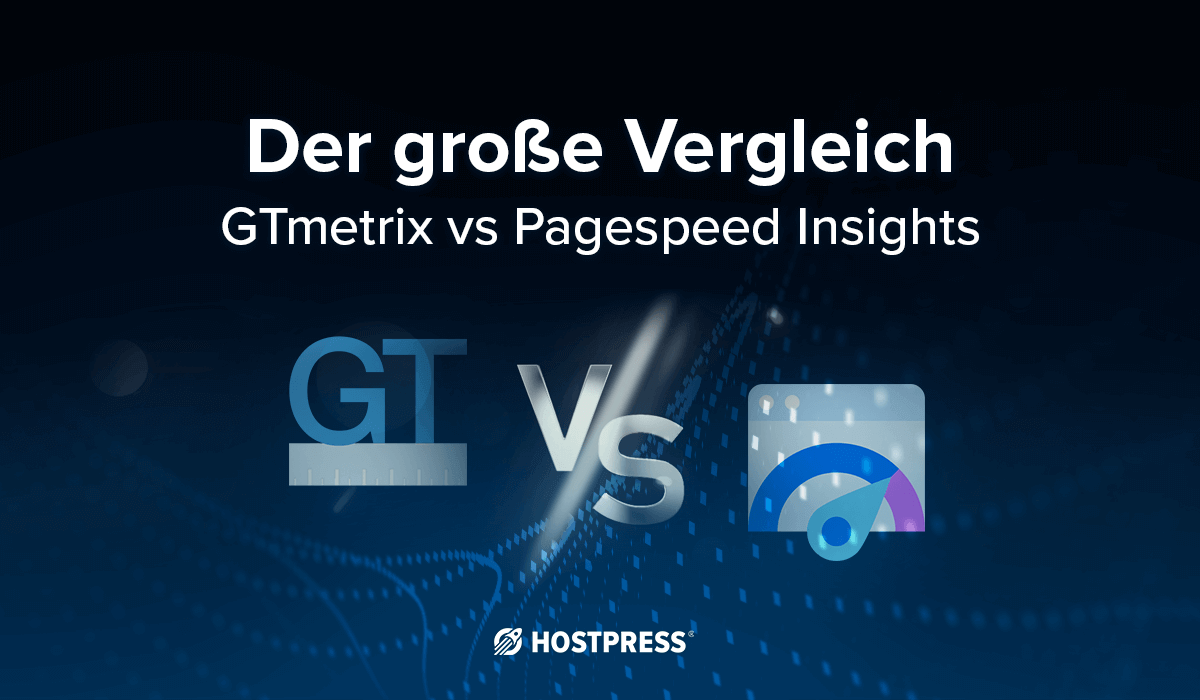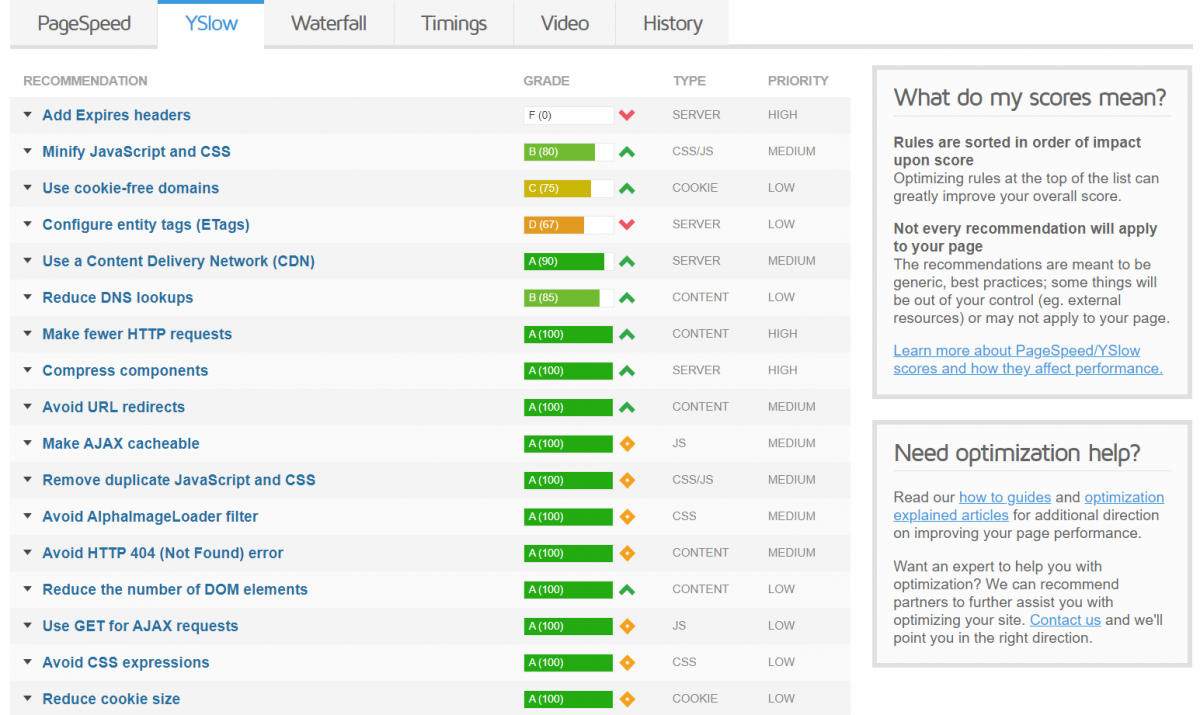Why GTmetrix PageSpeed Is Necessary for Improving Individual Experience
Maximize Site Effectiveness With Gtmetrix Pagespeed Analysis
In today's electronic landscape, web site efficiency is extremely important for user satisfaction and retention, making tools like GTmetrix necessary for efficiency evaluation. By taking a look at vital metrics such as Page Load Time and efficiency scores, services can uncover concealed inadequacies that may prevent their online visibility.
Comprehending GTmetrix Summary
GTmetrix is an effective tool created to examine website efficiency, supplying important insights that help enhance loading rates and improve individual experience. By offering comprehensive records on numerous aspects of a website's efficiency, GTmetrix allows programmers and webmasters to identify possible bottlenecks and improve general performance.

Furthermore, GTmetrix allows individuals to examine their sites from multiple geographical locations and throughout various gadgets, guaranteeing an extensive efficiency assessment. This ability is vital for understanding just how various factors, such as server location and device type, can impact user experience. In general, GTmetrix functions as a vital resource for any individual seeking to optimize their website's efficiency and supply a seamless experience to individuals.
Key Metrics to Examine
Evaluating key metrics is basic to recognizing an internet site's efficiency and identifying areas for improvement. GTmetrix gives several critical metrics that supply insights right into a website's efficiency.

An additional critical metric is the PageSpeed Score, which assesses an internet site's efficiency based on numerous elements and best techniques. The YSlow Rating matches this by evaluating the site according to Yahoo's efficiency guidelines.
In addition, evaluating the Waterfall Chart is important, as it aesthetically stands for the packing sequence of all web page components, permitting the recognition of delays or traffic jams. Lastly, the variety of Demands suggests the number of sources are loaded, which can affect lots times; reducing these demands typically brings about enhanced efficiency. Concentrating on these essential metrics will certainly help enhance internet site efficiency successfully.
Interpreting GTmetrix Reports
Recognizing the intricacies of a GTmetrix report is crucial for webmasters and programmers intending to boost site performance. gtmetrix pagespeed. A normal record is divided right into several essential areas, consisting of the performance score, waterfall graph, and recommendations. The efficiency score, obtained from both Google Lighthouse and Internet Vitals, supplies a quick snapshot of exactly how well the website is executing, with scores ranging from 0 to 100
The waterfall chart aesthetically stands for the blog filling series of page elements, enabling customers to identify bottlenecks. Each entry in the chart details the request made, the duration taken, and Your Domain Name the kind of resource, assisting in a granular evaluation of filling time.
Additionally, the recommendations section offers actionable insights tailored to the specific performance issues spotted. These ideas are commonly classified by their prospective effect on performance, helping developers focus on which transforms to apply initially.
Implementing Recommended Modifications
After analyzing the understandings supplied in the GTmetrix record, the next step involves implementing the suggested changes to enhance internet site efficiency. Prioritization is crucial; focus first on high-impact pointers that can yield instant results.

Following, deal with any render-blocking sources recognized in the record. This commonly includes postponing the loading of JavaScript and CSS files or inlining critical designs. By enhancing these elements, you can improve perceived packing times and overall user experience.
Leverage web browser caching to store regularly accessed sources in your area on customers' gadgets. This minimizes web server demands and accelerates web page loading for return site visitors.
Lastly, consider carrying out a content delivery network (CDN) to disperse web content much more successfully throughout various geographical locations, decreasing latency.
Each of these modifications can dramatically improve internet site efficiency, causing enhanced customer complete satisfaction and possibly greater conversion straight from the source prices (gtmetrix pagespeed). By carefully applying these suggestions, your site will be better placed to execute optimally in today's affordable digital landscape
Tracking Efficiency With Time
Constantly monitoring site efficiency is crucial for preserving ideal performance and customer experience. Gradually, various elements, such as updates to web innovations, modifications in user behavior, and enhanced web traffic, can substantially impact your site's efficiency metrics. Using tools like Gtmetrix enables systematic tracking of key efficiency indicators (KPIs) such as page load times, total page dimension, and the variety of requests.
Establishing a routine surveillance timetable is crucial. Weekly or monthly evaluations can help recognize fads and identify specific problems before they rise right into bigger issues. By examining historic efficiency information, web designers can correlate modifications in efficiency with particular updates or content enhancements, enabling notified decision-making regarding future optimizations.
Furthermore, establishing performance criteria based on industry requirements gives a clear target for ongoing renovations. Alerts for considerable efficiency discrepancies can additionally boost responsiveness to potential problems.
Conclusion
In verdict, leveraging GTmetrix PageSpeed analysis considerably improves site effectiveness by offering crucial understandings right into efficiency metrics. Constant tracking of performance metrics makes sure that enhancements are endured over time, enabling for a proactive approach to emerging issues.
In today's digital landscape, internet site performance is extremely important for user satisfaction and retention, making devices like GTmetrix crucial for efficiency analysis.Additionally, GTmetrix enables users to test their websites from numerous geographical areas and throughout various gadgets, guaranteeing a comprehensive efficiency assessment. Overall, GTmetrix offers as a vital resource for anyone looking for to maximize their web site's performance and supply a seamless experience to customers.
By assessing historical performance information, webmasters can correlate adjustments in performance with specific updates or material additions, making it possible for notified decision-making regarding future optimizations.
In final thought, leveraging GTmetrix PageSpeed analysis dramatically enhances internet site performance by giving vital insights into efficiency metrics.